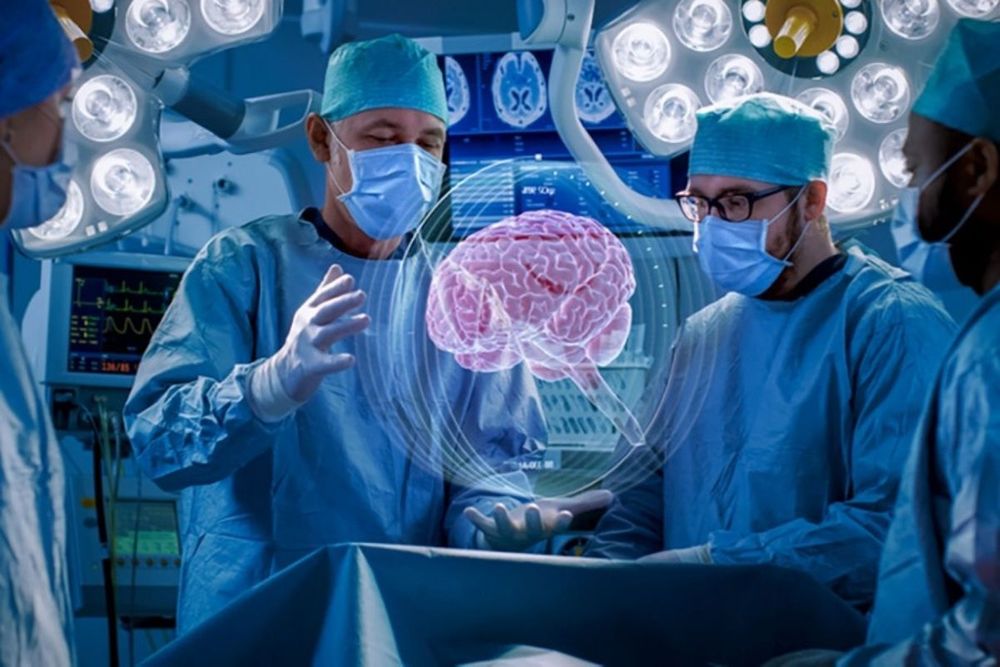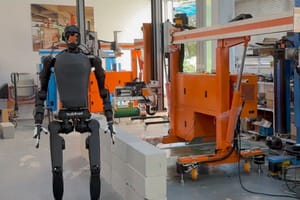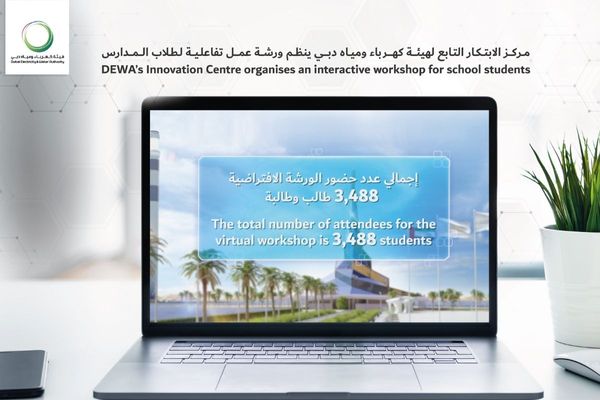The incorporation of augmented reality (AR) and virtual reality in the medical field has been on the rise for years now. Once mostly associated with the gaming industry, over the years more and more companies have worked towards expanding their horizons and implementing the advancements in AR and VR technology into healthcare practices worldwide. Fundamental IVR, Karuna Labs, Oxford VR, Echo Pixel and Medivis are currently some of the leading global Augmented Reality and Virtual Reality companies in the healthcare sector.
Augmented and Virtual Reality are both forms of computer-generated simulations.
The former involves integrating the real world whereas the latter is entirely self-contained. Over the years several industries across the globe have been adopting AR VR technology in innovative ways to catalyze the evolution of their respective sectors. Education, healthcare, gaming, air and space, real estate and automotive are some of the key sectors that have already started incorporating this simulation-based technology into their curriculums and work processes.
In healthcare, the possibilities for both AR and VR are endless. However, it is believed that the potential for use is most prominent in disciplines such as surgery, mental health treatment and even medical education. The use of such advanced technology in medical education enriches the curriculum and fosters a more immersive learning environment. In the case of online sessions, teachers can also use AR and VR technology to increase participation and engagement among the students.
AR and VR are used in more intricate and technical fields of training like surgery. The use of augmented reality in surgery has been extensive throughout the years especially when it comes to more intricate procedures in neurosurgery. On the other hand, VR 3D modeling is also taking over the sector using minimally invasive simulation-based training methods. These implementations not only make the overall surgical training process more efficient but also reduce potential health risks for patients.
Even in the case of mental health treatment, simulations are being incorporated with therapeutic interventions in many places. 'In-situ' coachings are one such form of treatment that involve patients interacting with a VR environment that mimics a real life situation they find challenging. It could be anything from walking around in a crowded room to interacting at a social event. In fact, such forms of treatment have also been used for patients with different phobias and even those suffering from anxiety or PTSD. Without the use of VR, simulating these scenarios in a real-life setting would have been highly impractical, especially on an industrial scale, due to the related costs and timing issues. Automation is another such advanced method that involves a virtual coach who guides patients through the process of therapy and also explains necessary psychological techniques that they need to adapt during the process of their treatment.
While AR and VR technology has already developed a strong foothold in the healthcare systems of many countries, developing nations like Bangladesh are still working on the process of keeping up with these new and innovative technological solutions. There are many software developing firms in the country that work with AR and VR. Brain Station 23, a leading software development company in Bangladesh, is one such company that develops platform-independent AR, VR, and MR applications for individual industries. However, in the medical field, the use of AR and VR in the region is still somewhat limited.
With a growing population, the healthcare sector in the country needs to keep up with the latest developments in medical technology in order to achieve efficiency and better serve patients who are in dire need of medical care. Simulations used in surgical training across the country can help ensure that every individual within a learning group is familiar with complex procedures. Being able to learn by participating is likely to ensure a more optimal transfer of training when these individuals practice their surgical skills on real patients in the future and improve the quality of medical care in the country.
Mental Health is a topic that has been at the centre of many conversations recently in Bangladesh, especially among today's youth. Incorporating virtual reality in mental health treatment procedures can not only contribute to increasing awareness about mental health but also bring down the overall costs related to therapy in many cases. Especially when it comes to people who need help but are unable to seek out sources due to various reasons, concepts like virtual coaches can really help these people by guiding them while they are present in the comfort of their homes. Such highly convenient approaches to mental health treatment are likely to encourage more people to get the help that they need.
According to MarketWatch.com Augmented Reality and Virtual Reality in the global healthcare market is expected to reach a staggering $6.0 billion in value by the year 2025.
The overall growth prospects of this form of technology in Bangladesh are also expected to be high and if implemented properly, the uses of AR and VR technology in healthcare can be a blessing for the Bangladeshi people.
Copyright © 2021 International Publications Limited









